Pollinators play a crucial role in agriculture, enabling plants to produce fruits, seeds, and other vital crops. Without these essential creatures, global food production would drastically decline. Some pollinators are more prominent than others, but each has its own critical role in sustaining the ecosystem. This article will explore some of the most significant pollinators that help keep our food system thriving.
Honey Bees
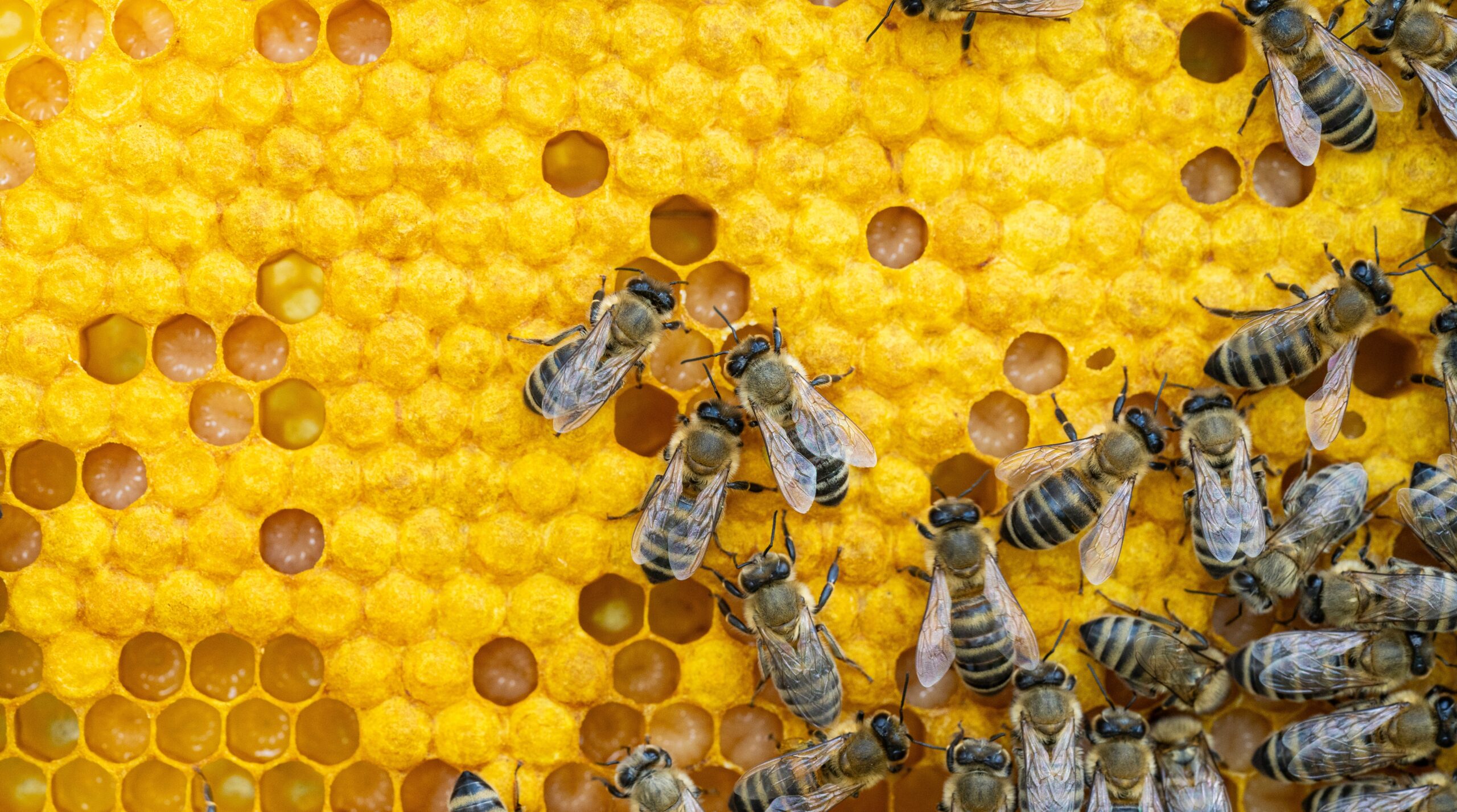
Honey bees are the most well-known pollinators in agriculture. They efficiently transfer pollen between flowers, ensuring plants produce fruits and seeds. These bees are managed in large colonies, making them easy to deploy in various crop fields. Their ability to focus on a single plant type during a bloom period enhances pollination effectiveness. The vast majority of commercial crops depend on honey bee pollination, making them indispensable.
Bumblebees
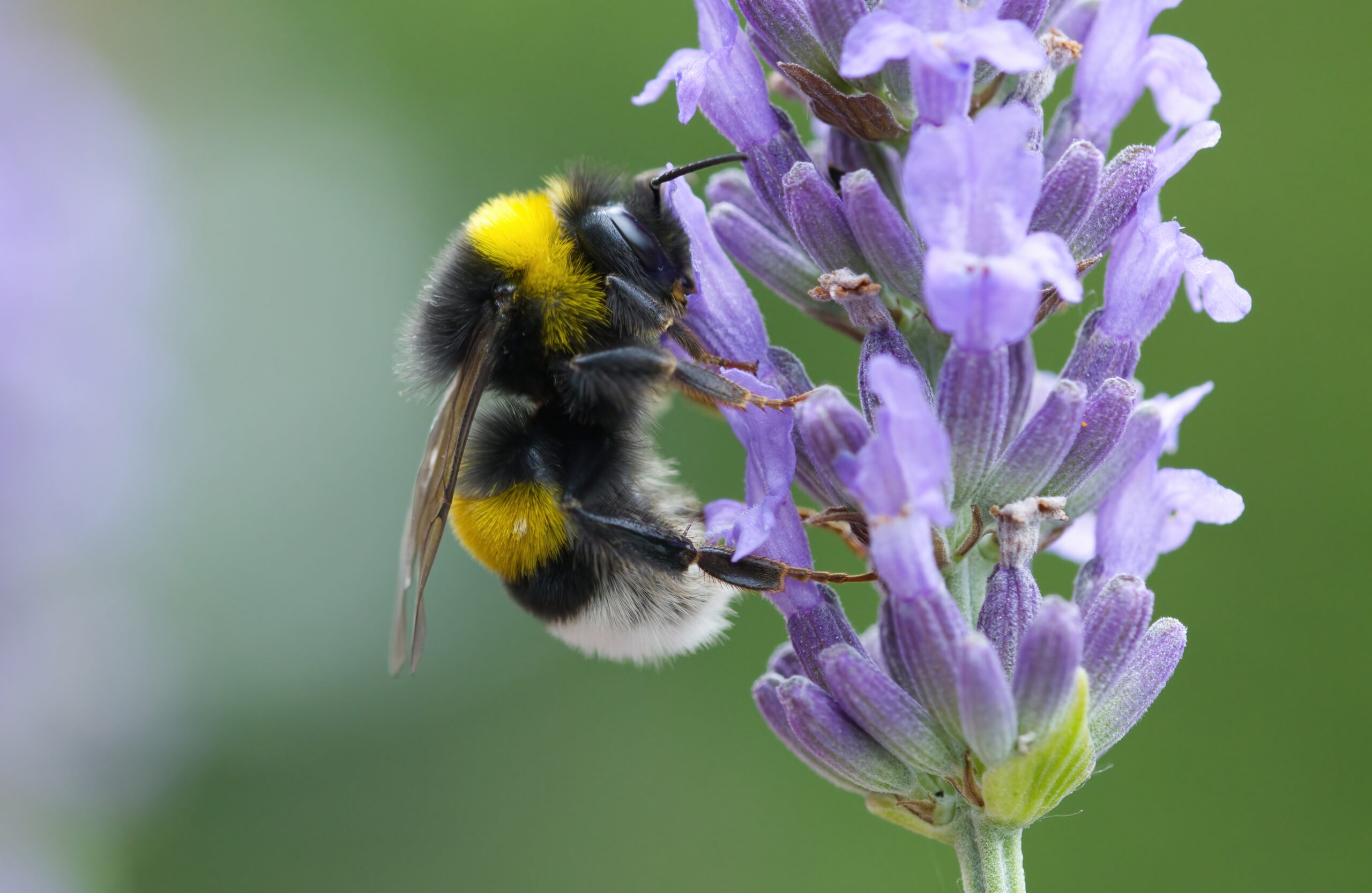
Bumblebees are robust and effective pollinators, often working in cooler, cloudier weather where other bees might not be active. Their larger size allows them to vibrate flowers and release pollen more efficiently, a process called “buzz pollination.” This makes them crucial for crops like tomatoes and blueberries. Bumblebees also forage longer than many other pollinators, working from early morning until late evening. They thrive in diverse habitats, from gardens to farmlands.
Solitary Bees
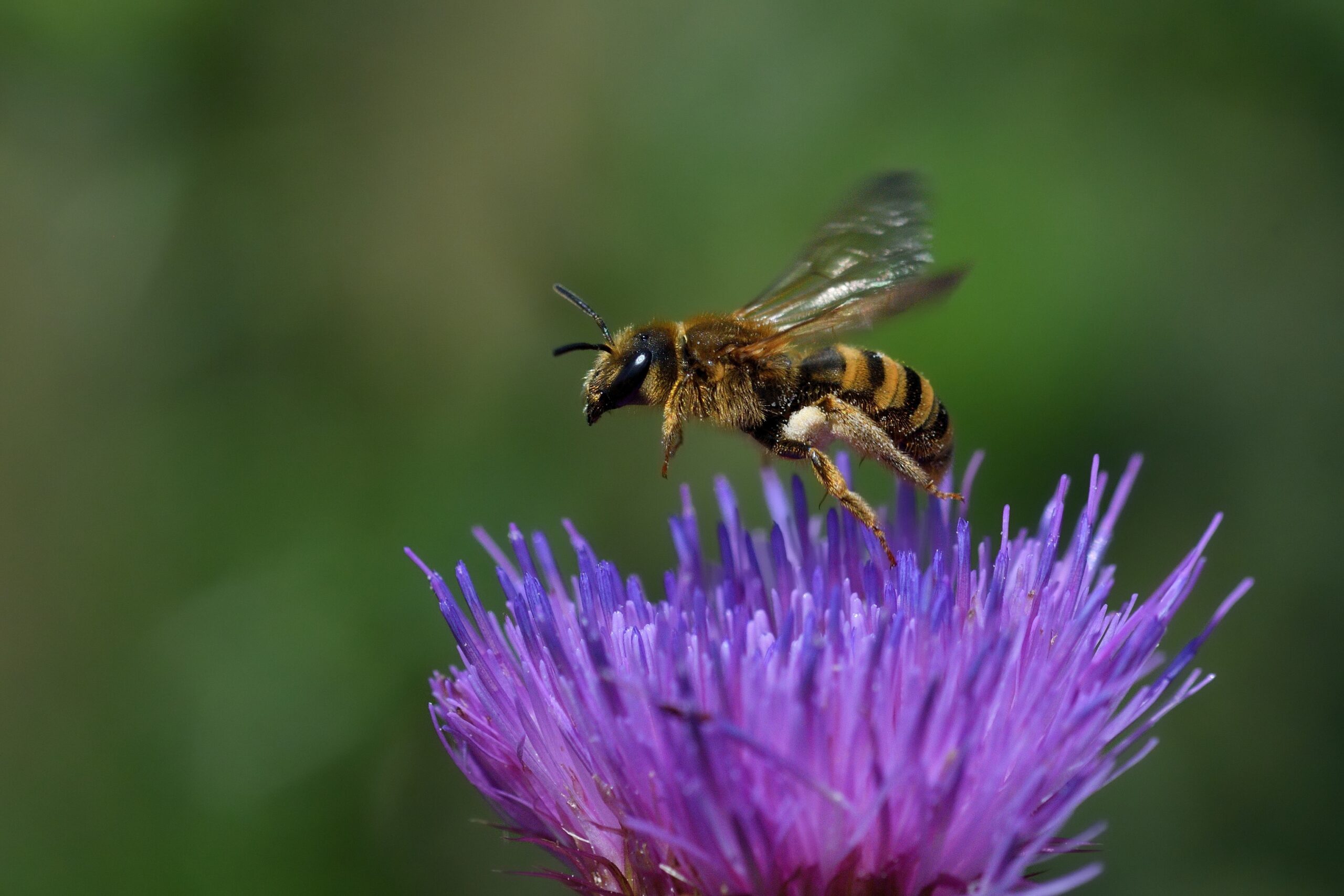
Solitary bees are unsung heroes of the pollination world. Unlike honey bees, they do not live in large colonies but instead work alone. Each female creates her own nest, often in soil or small cavities. Despite their small size, solitary bees are incredibly efficient, pollinating a wide variety of plants. They are particularly vital for crops like almonds and squash, contributing to high-quality fruit production.
Butterflies
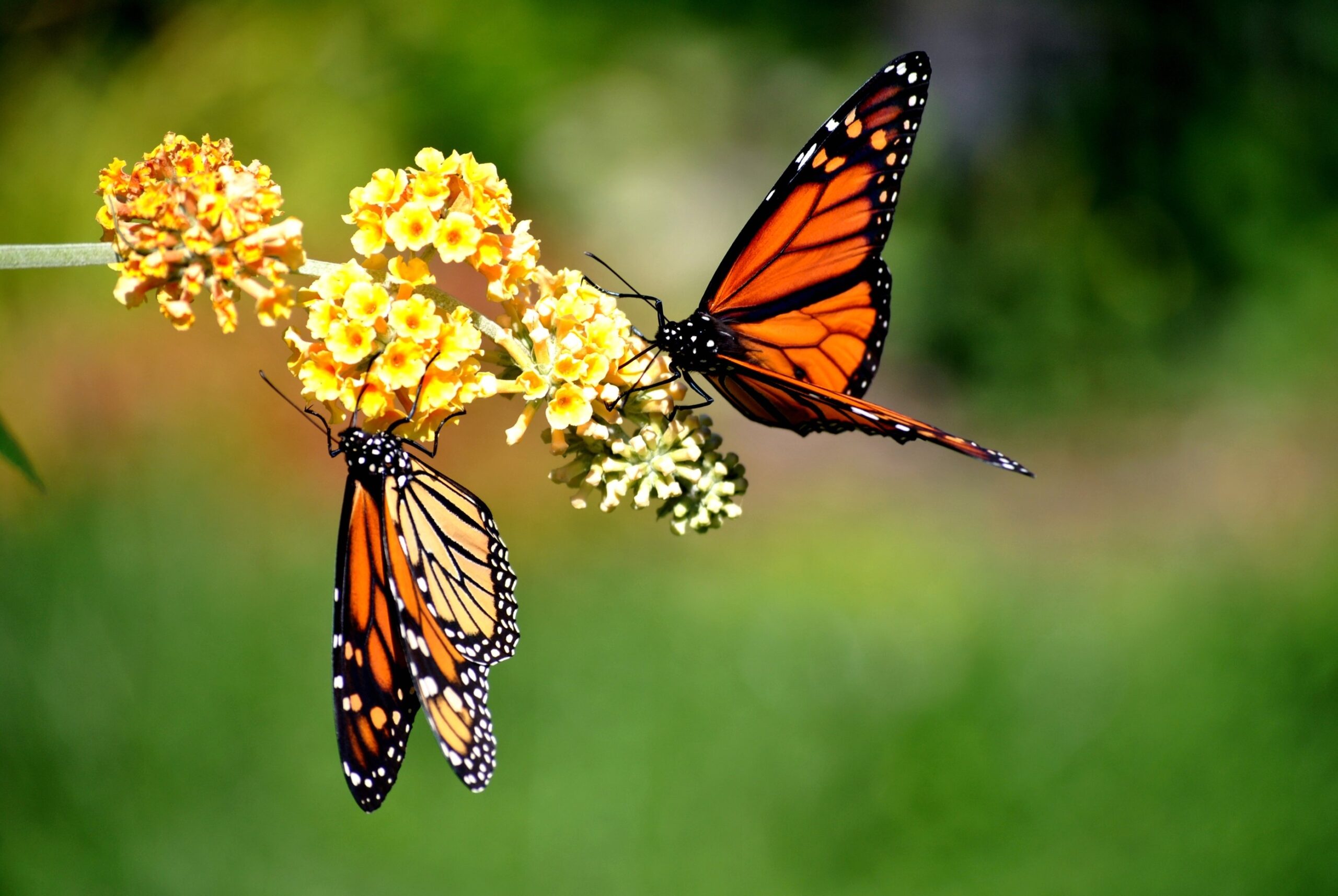
Butterflies are essential for pollinating wildflowers and crops like cabbage and radish. Their long, slender proboscis allows them to reach deep into tubular flowers that many other pollinators can’t access. While they are not as fast as bees, their ability to cover wide areas makes them effective pollinators for both small and large fields. Butterflies also play a significant role in maintaining the health of ecosystems by promoting biodiversity.
Moths
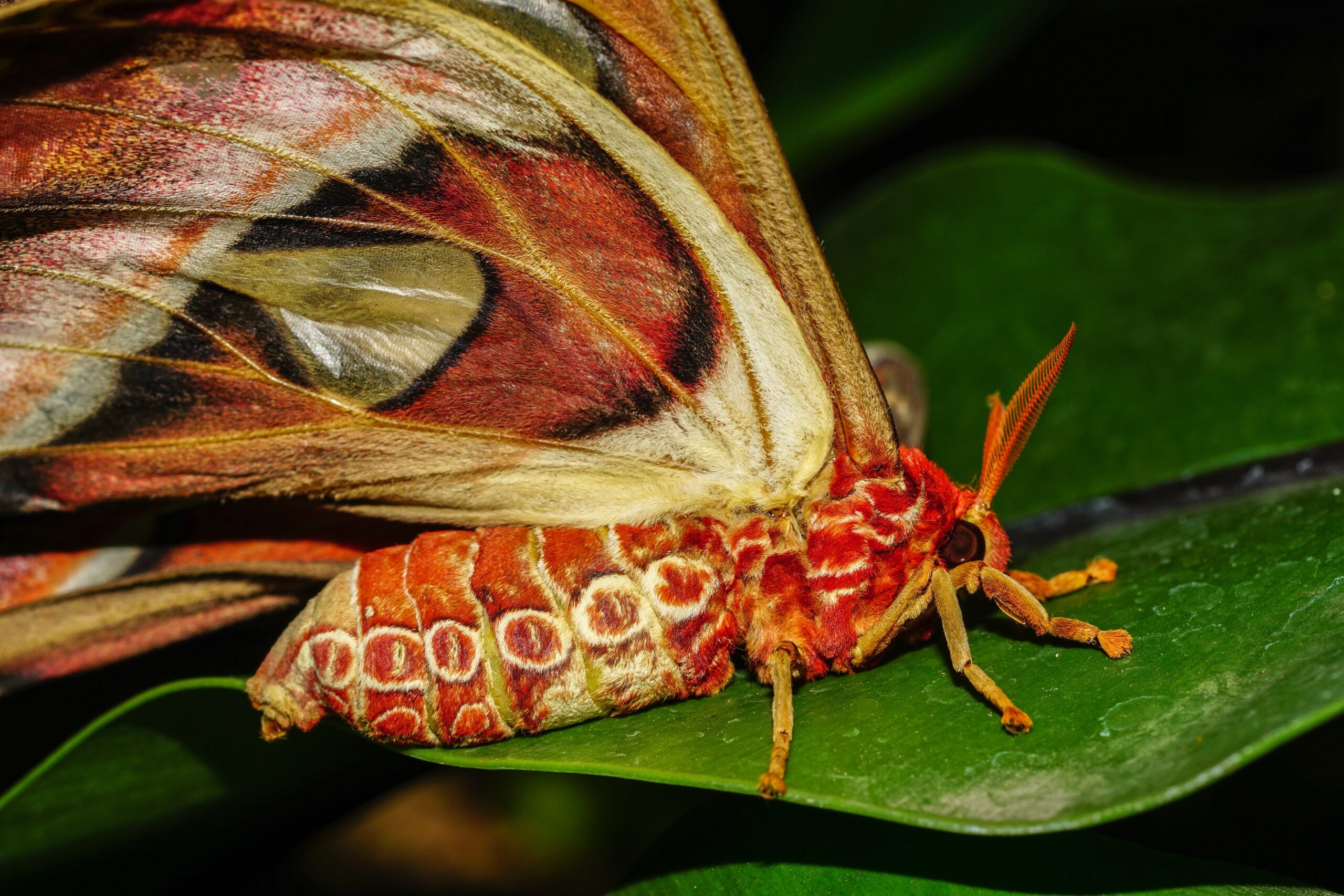
Moths are often overlooked as pollinators, but they play a key role, especially at night. Nocturnal plants rely on moths to transfer pollen in the dark. Many crops, such as tobacco and some fruit trees, benefit from moth pollination. Their ability to travel long distances makes them particularly valuable for cross-pollinating plants over large areas. Moths are also crucial in various ecosystems, contributing to the reproduction of many plant species.
Hoverflies
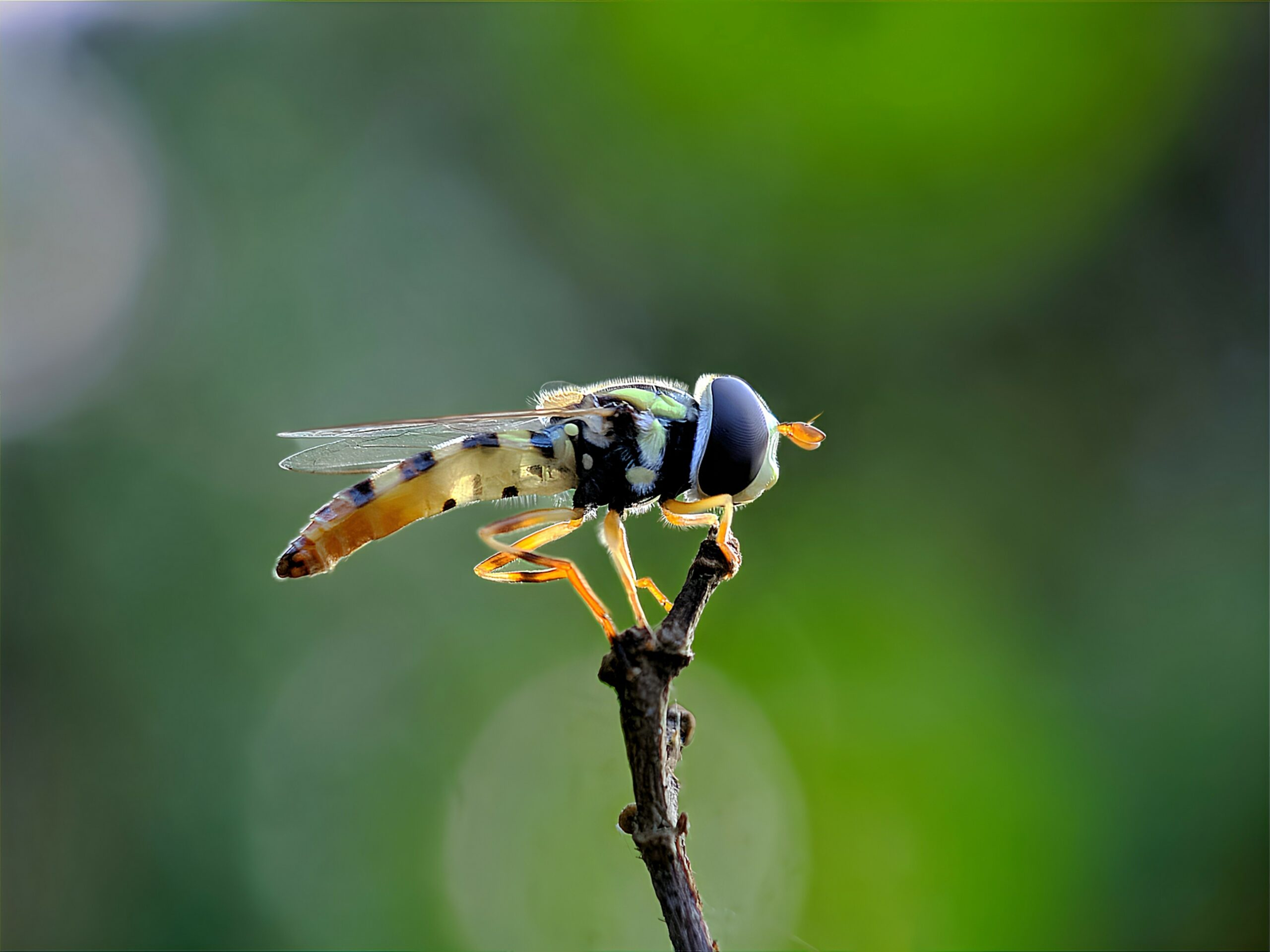
Hoverflies are small but mighty pollinators often mistaken for bees. Their ability to hover in place allows them to access a wide variety of flowers. Hoverflies are especially beneficial for pollinating plants with open flowers, like lettuce and carrots. They are also important biological control agents, as their larvae feed on aphids, helping to maintain healthy crops. Hoverflies are active throughout the growing season, making them valuable for continuous pollination.
Beetles
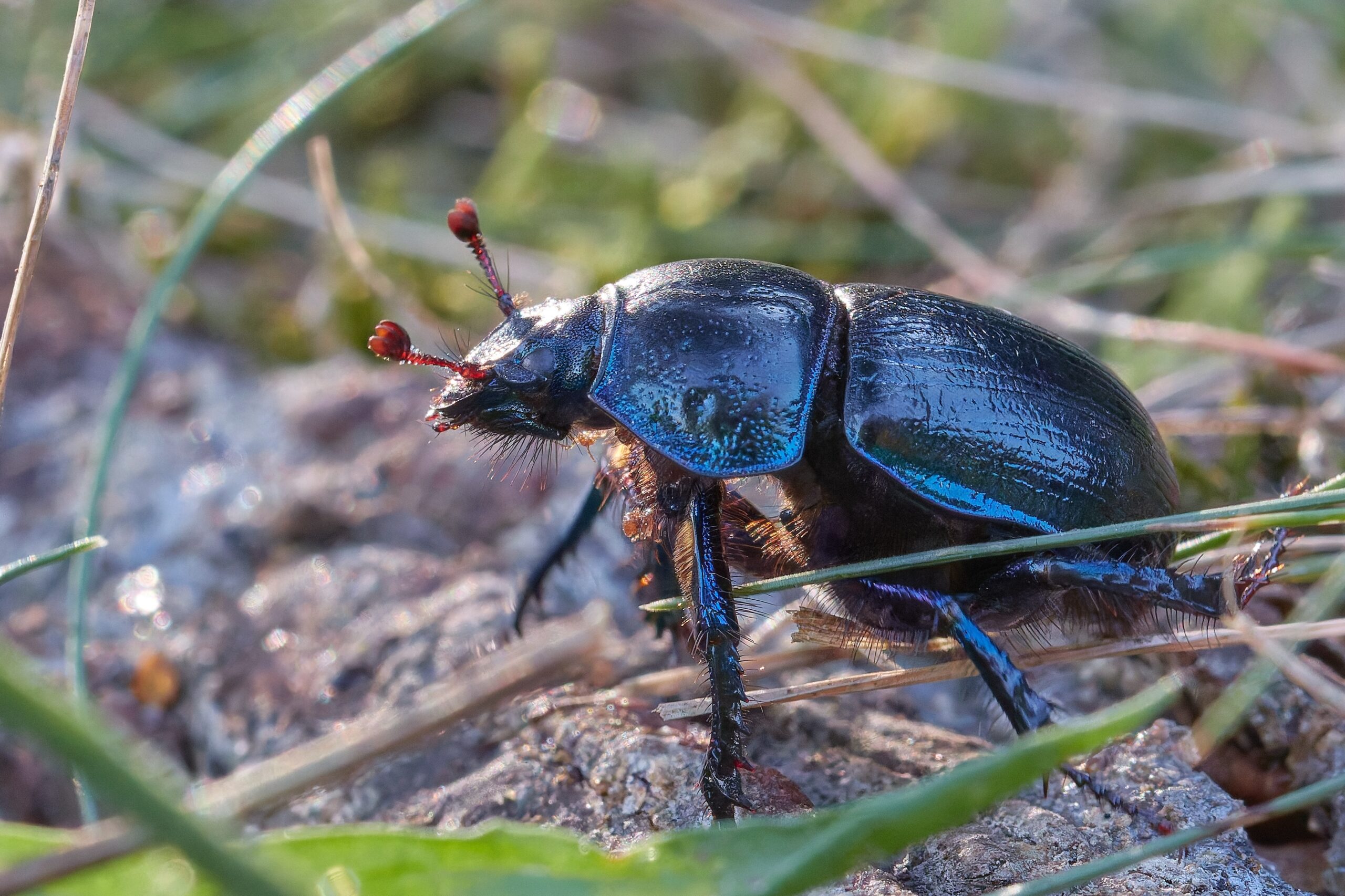
Beetles are among the earliest pollinators, dating back to the time of the dinosaurs. They tend to pollinate large, bowl-shaped flowers such as magnolias. While their pollination process can be messy, as they chew on petals and defecate in flowers, beetles still play a vital role in the ecosystem. Many crops, including spice plants like nutmeg and cinnamon, rely on beetle pollination. Their abundance in various habitats ensures they contribute to the biodiversity of pollination.
Wasps
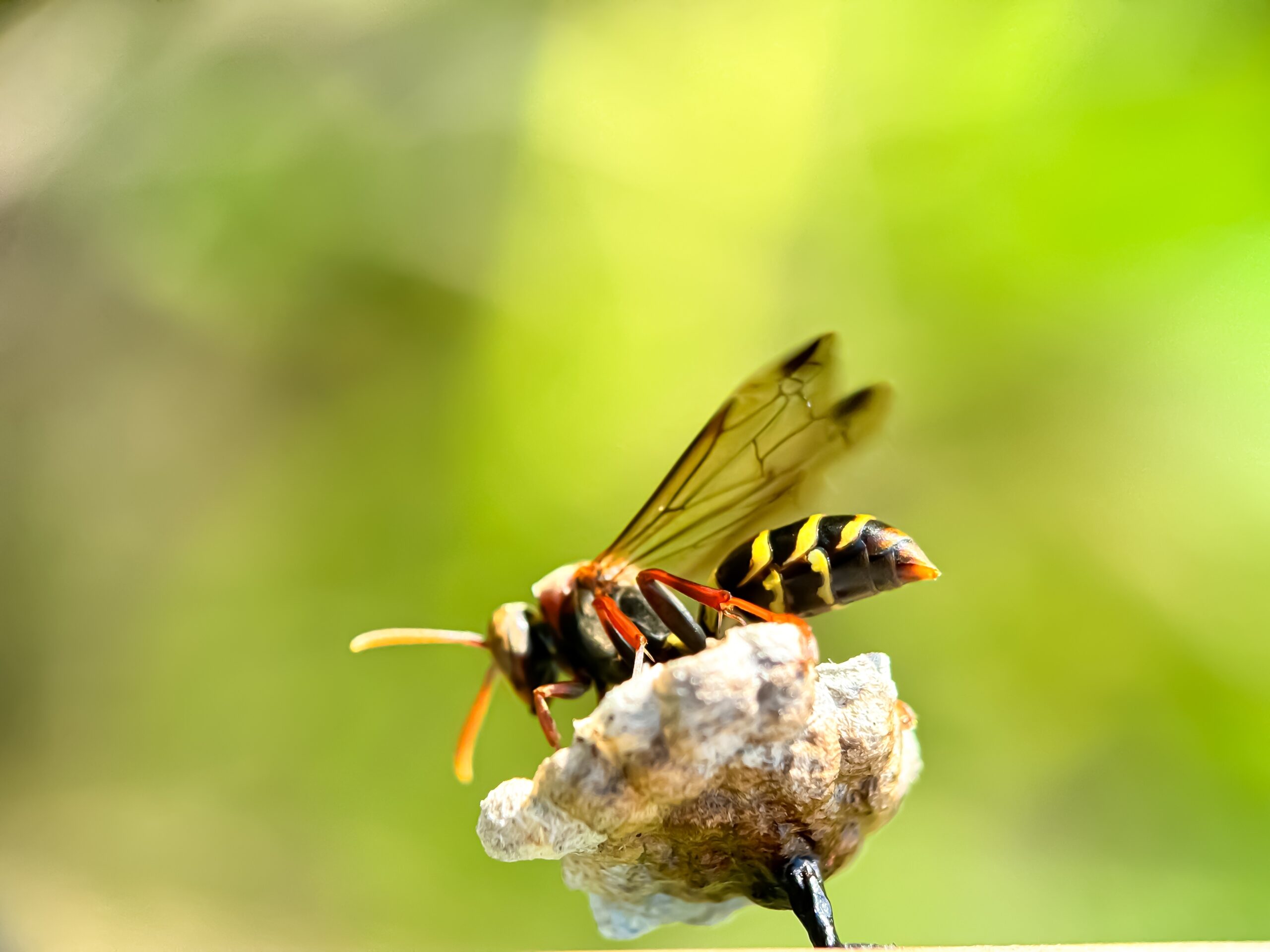
Wasps, though often seen as pests, are important pollinators for several crops and wild plants. Their slender bodies allow them to access tight spaces in flowers, effectively transferring pollen. They are especially beneficial for fig trees, where a unique symbiotic relationship exists between fig wasps and the trees. While wasps don’t have the furry bodies of bees to carry pollen, their contribution to pollination cannot be overlooked. Many plants rely on them for reproductive success.
Ants
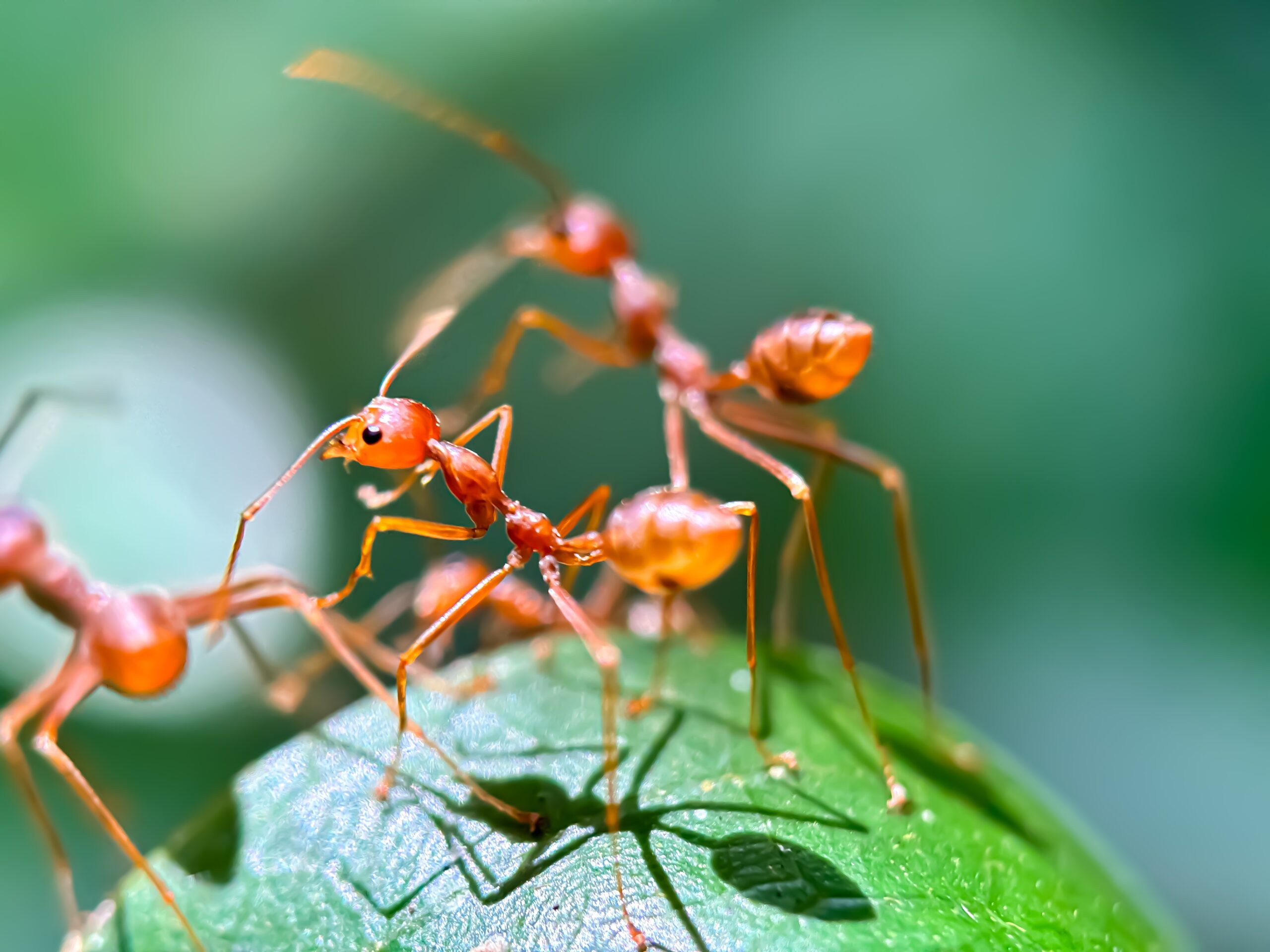
Ants are ground-dwelling pollinators that often get overlooked. They are excellent for pollinating small, low-lying plants like wildflowers and herbs. As ants travel along plants in search of nectar, they inadvertently transfer pollen from flower to flower. Their contribution is subtle but important, especially in ecosystems where other pollinators may not reach. Although ants aren’t as specialized as bees or butterflies, their persistence ensures they play a role in pollination.
Flies
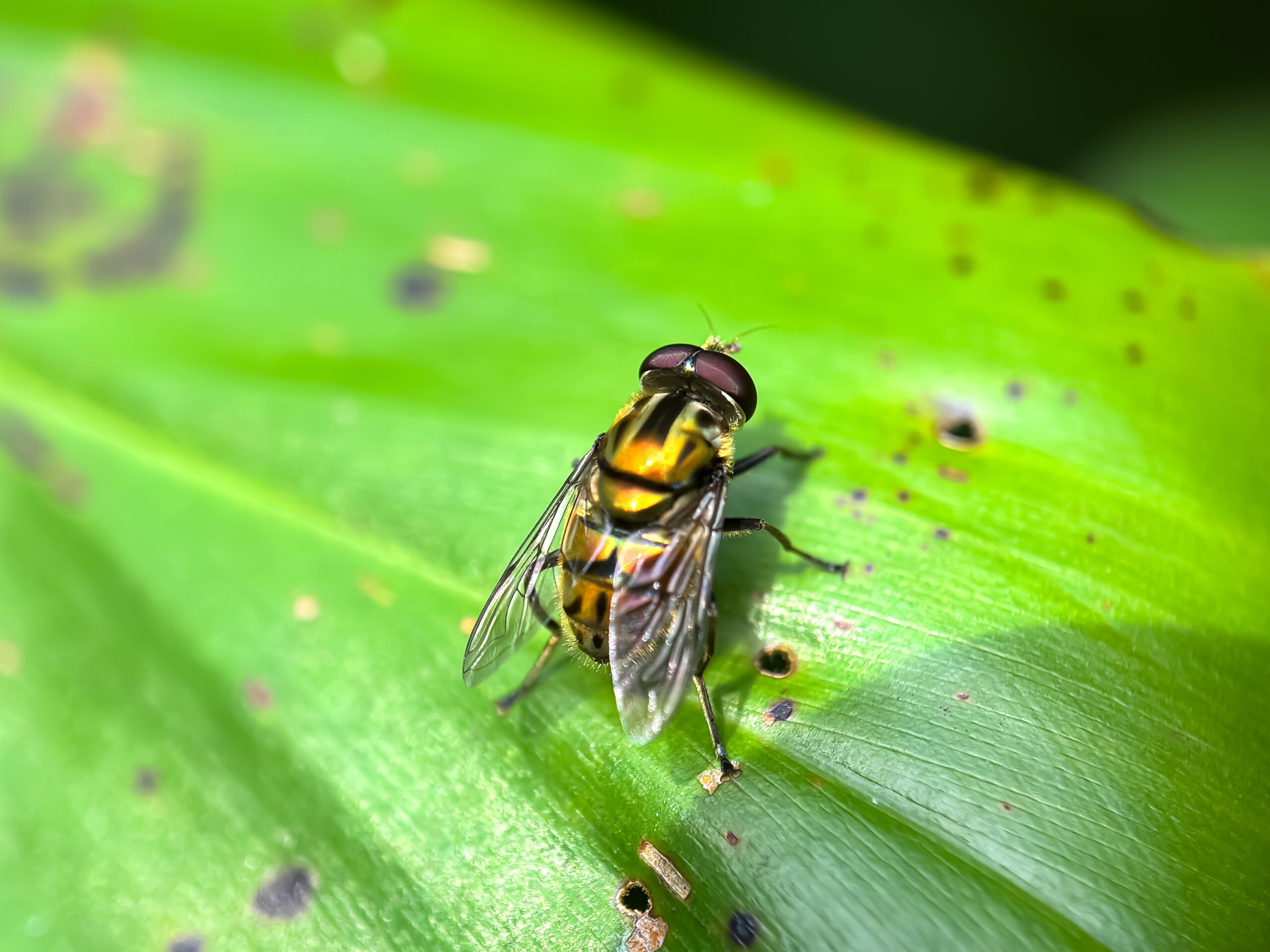
Flies, particularly species like the bluebottle and housefly, are vital pollinators for crops such as onions, carrots, and some herbs. They thrive in diverse environments, making them essential for both urban and rural agriculture. Flies can visit flowers in cooler weather, which extends the pollination season. While not as efficient as bees, their abundance and adaptability make them valuable pollinators, especially in challenging environments. Their role is often underappreciated but highly beneficial.
Bats
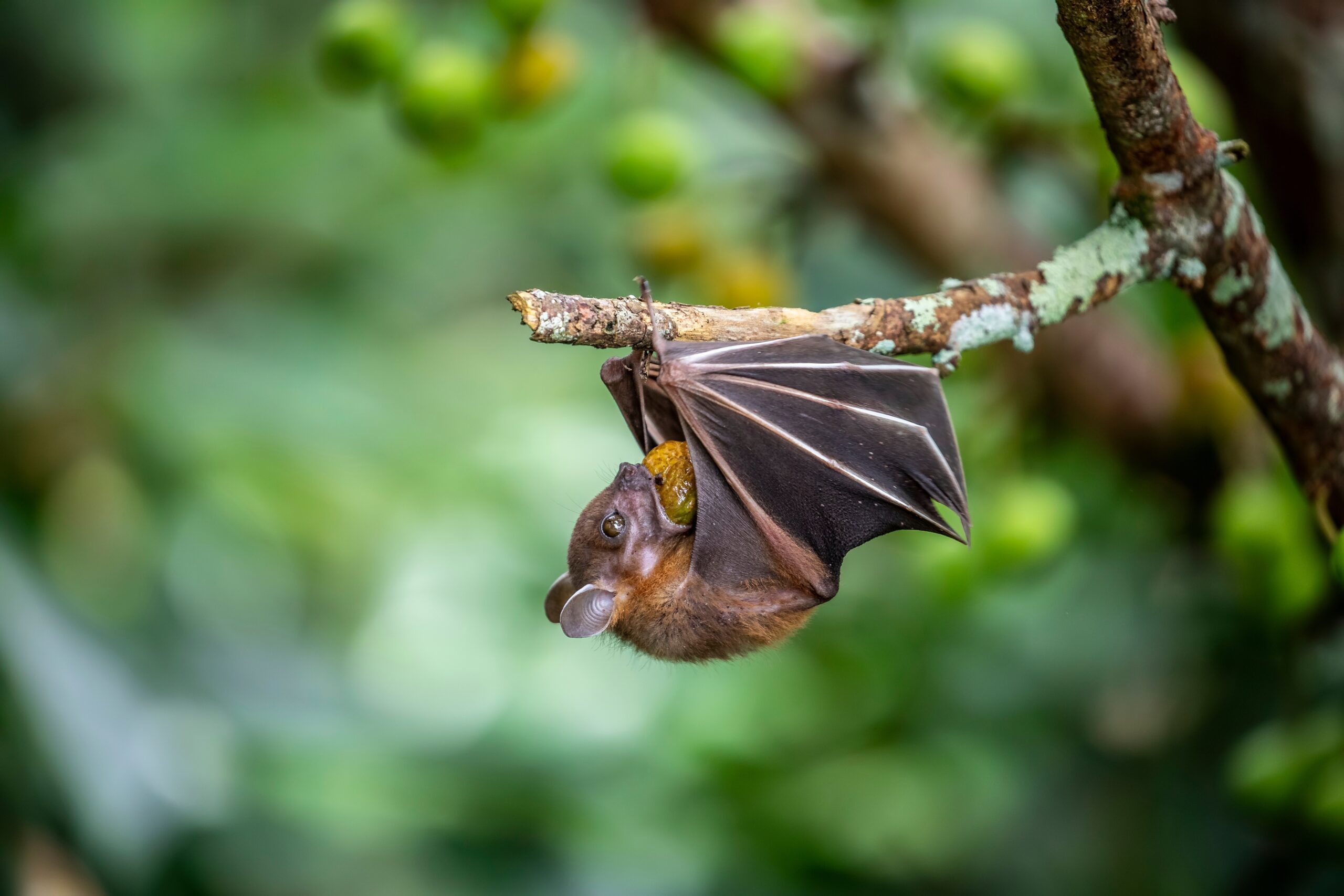
Bats are essential nocturnal pollinators, especially for plants that bloom at night. They have long snouts and tongues, perfect for reaching deep into flowers for nectar. Crops like bananas, guavas, and agave rely on bats for pollination. They travel great distances, spreading pollen over wide areas, which helps maintain genetic diversity in plants. Bats are vital in tropical and desert ecosystems where other pollinators are scarce.
Hummingbirds
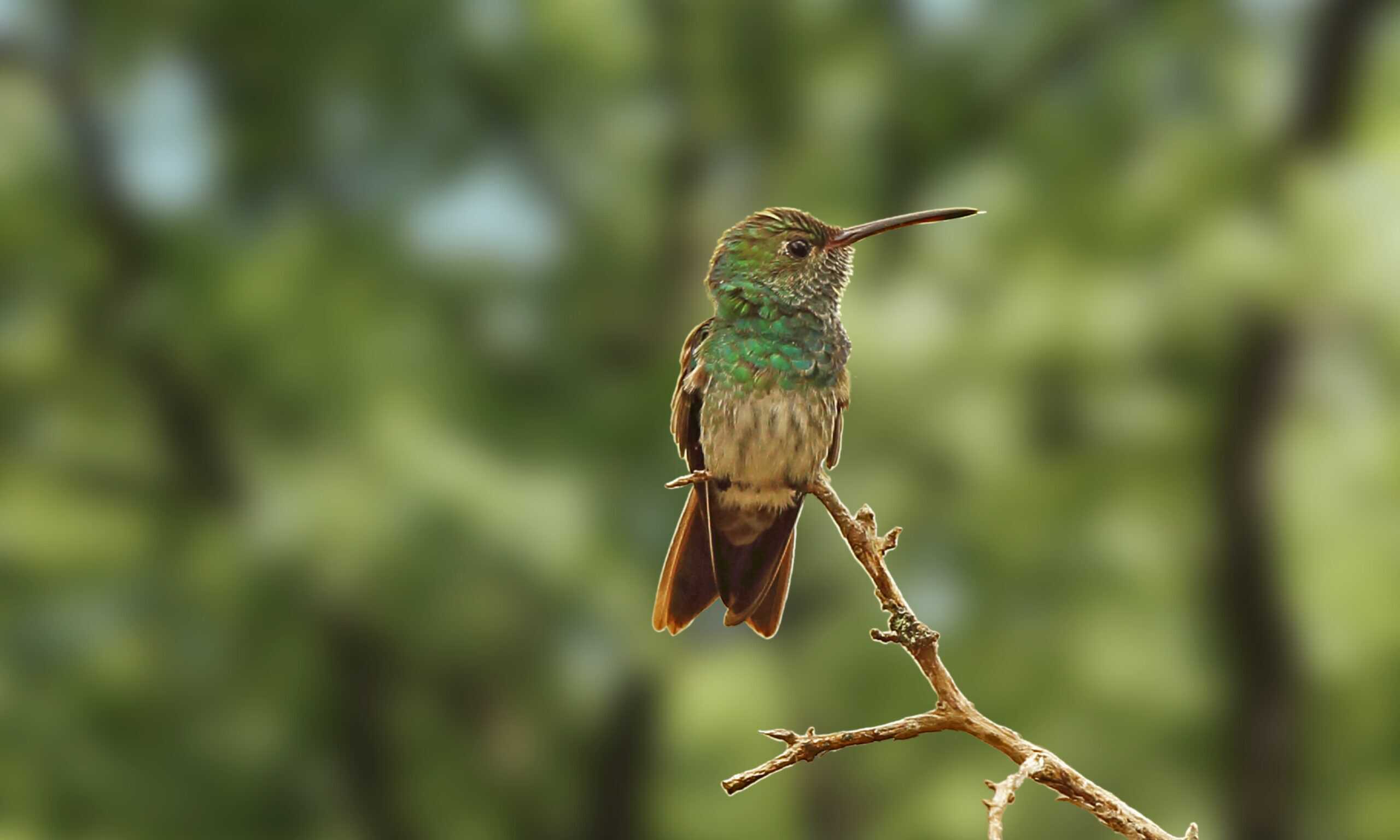
Hummingbirds are efficient pollinators, particularly for tubular flowers. Their rapid wing movement allows them to hover, making it easy to reach deep into flowers. They feed on nectar and, in the process, transfer pollen between plants. Crops like tomatoes and avocados benefit from hummingbird pollination. These small birds are active during the day and cover large areas, contributing to both wild and cultivated plant pollination.
Honey Possum
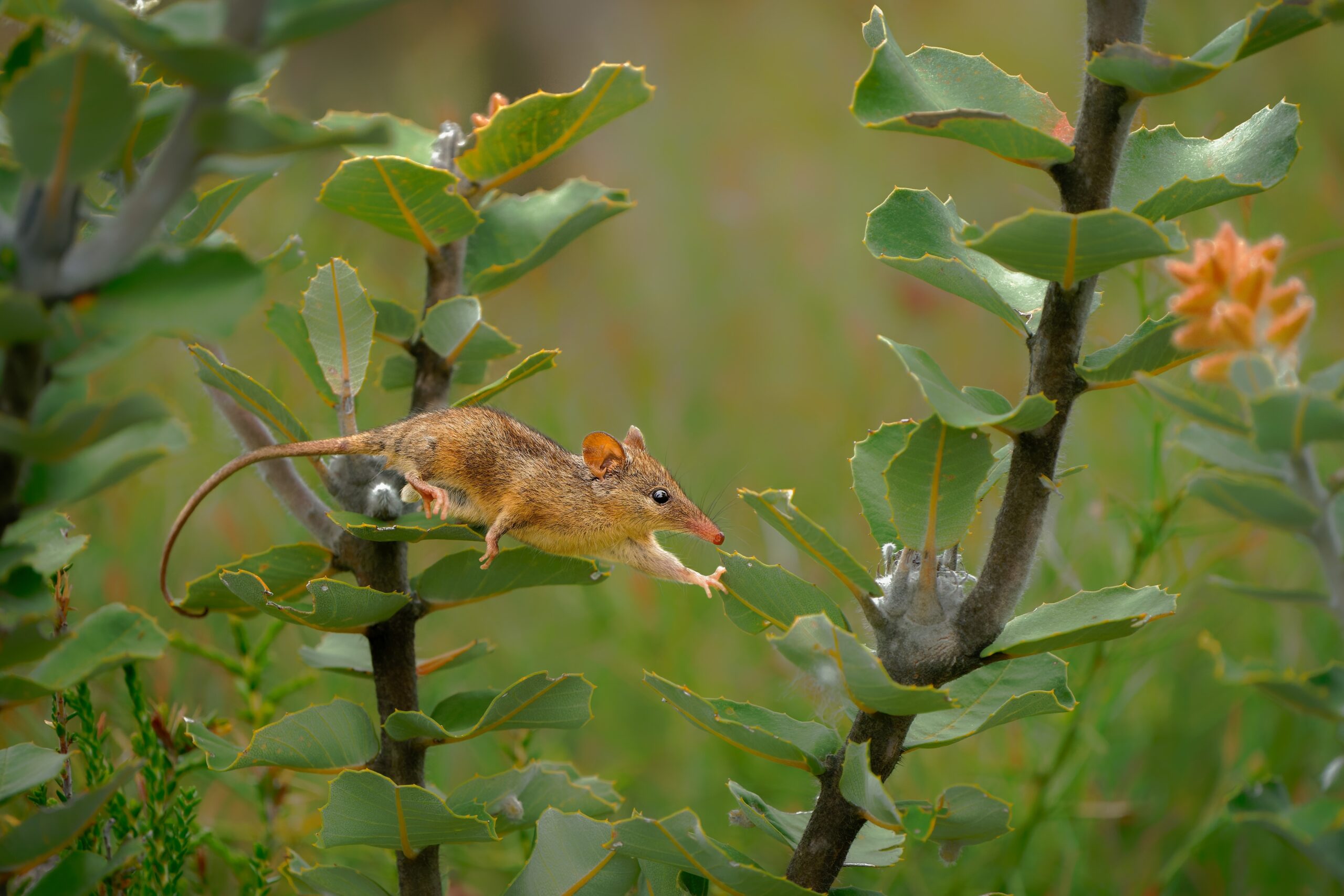
The honey possum is a rare and unique pollinator found in Australia. It feeds exclusively on nectar, making it crucial for the pollination of native plants. With a long, brush-tipped tongue, it collects nectar from deep flowers, transferring pollen in the process. It is particularly important for pollinating plants like banksias and eucalypts. The honey possum helps maintain the health of Australia’s biodiversity, supporting ecosystems where other pollinators might be absent.
Blue Orchard Bee
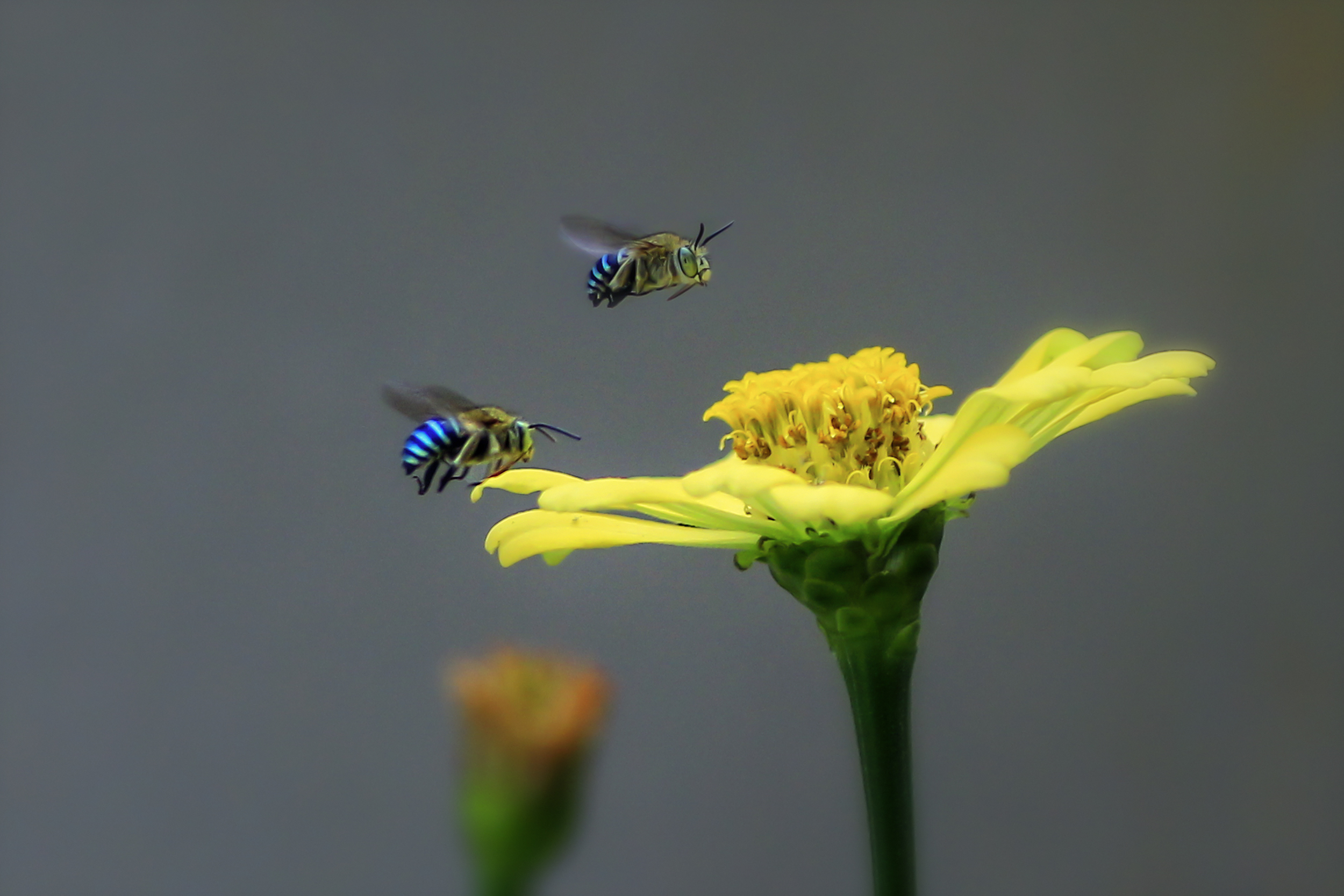
The blue orchard bee is a solitary bee known for its effectiveness in pollinating fruit trees. It’s especially important for almond, cherry, and apple crops. Unlike honey bees, blue orchard bees work independently, creating nests in small cavities. They are excellent at pollinating in cooler weather, making them valuable during early spring. Their foraging efficiency results in high-quality fruit production.
Carpenter Bees
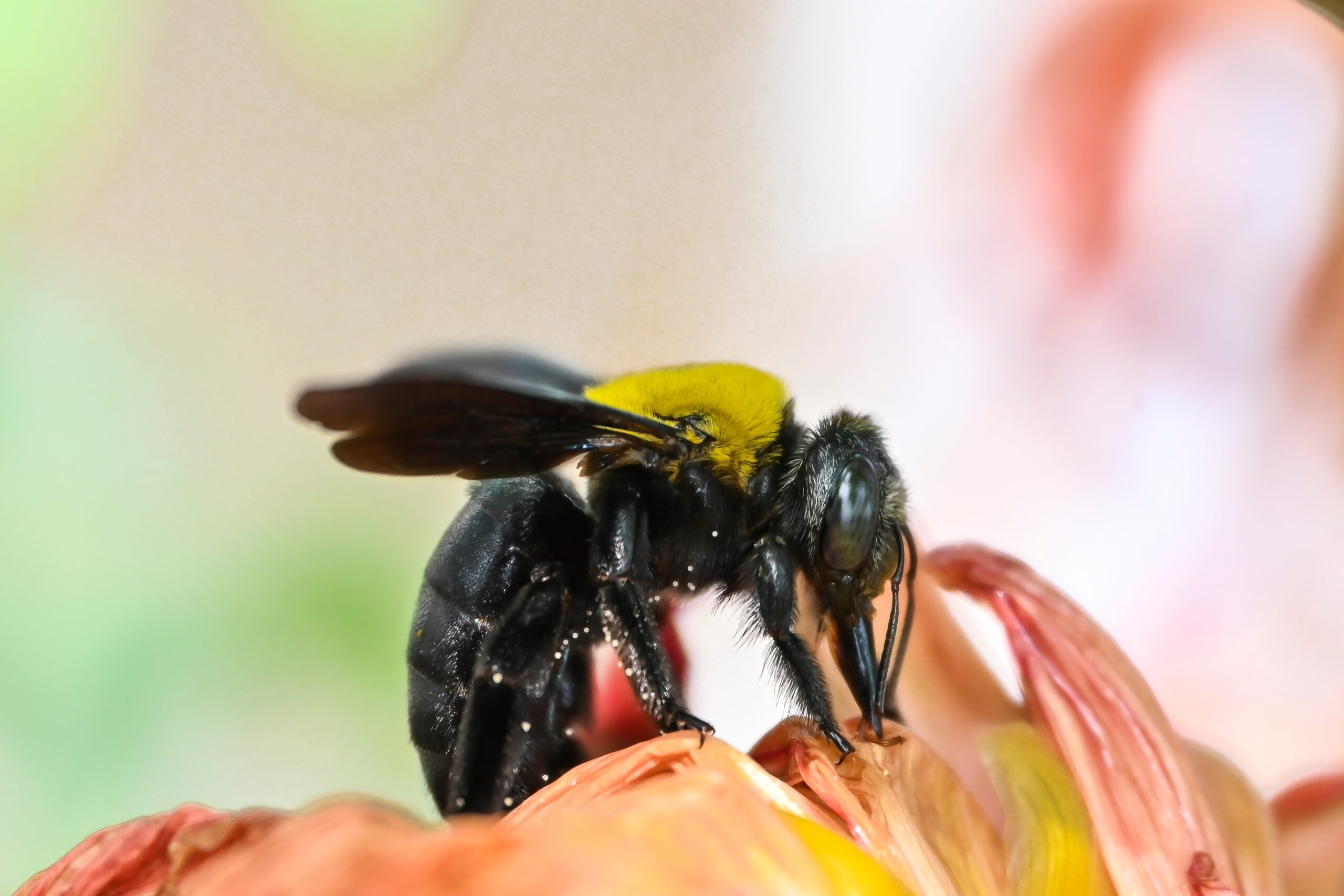
Carpenter bees are large and robust, making them ideal for pollinating large, open-faced flowers. They are excellent at buzz pollination, which involves vibrating flowers to release pollen. Crops like tomatoes and eggplants rely on this unique ability. Carpenter bees are solitary and nest in wood, which gives them their name. They play a crucial role in both wild plant and agricultural pollination, often covering areas other bees might not reach.
Stingless Bees
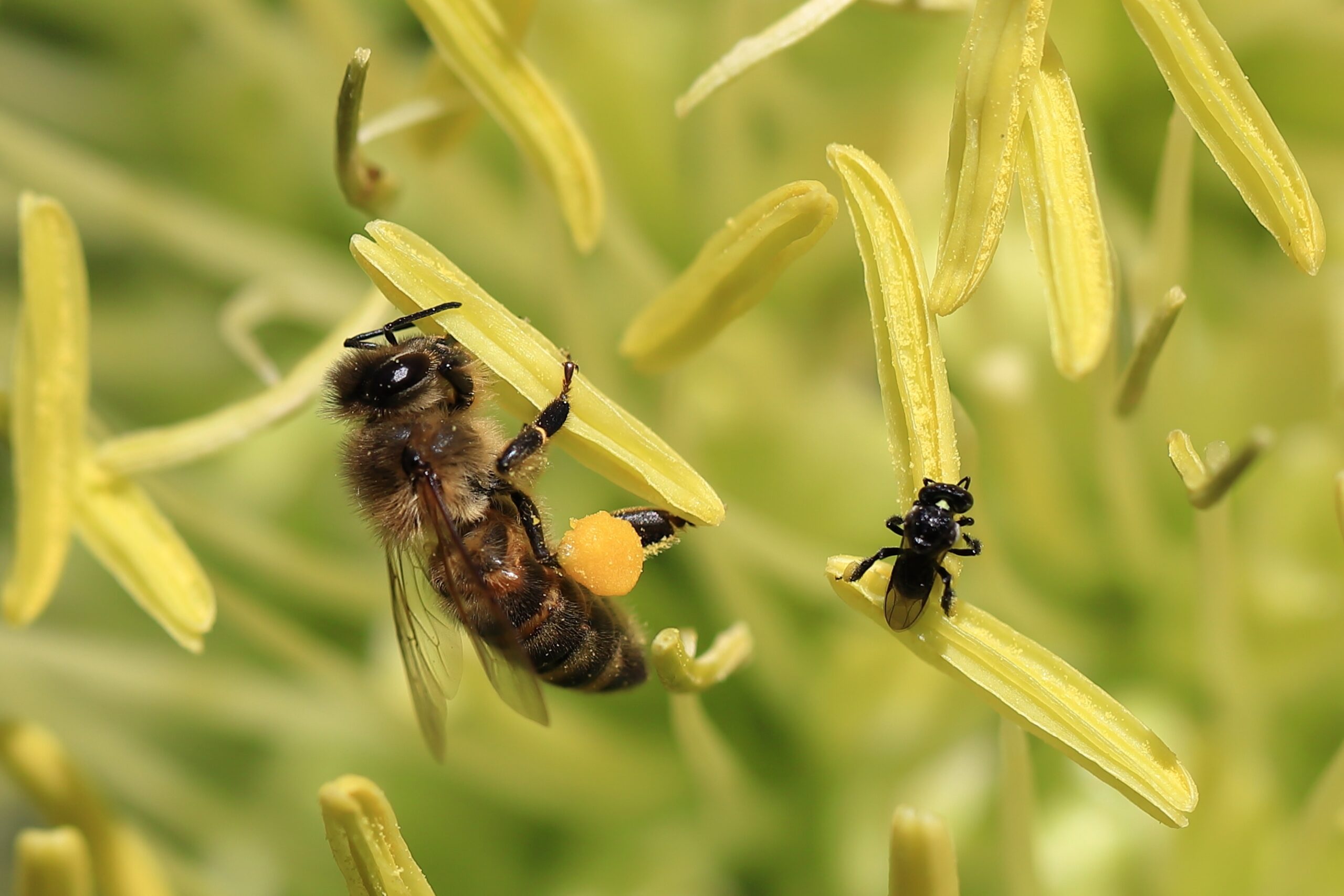
Stingless bees are small but vital pollinators, particularly in tropical regions. They are active year-round, providing continuous pollination for crops like coffee, cacao, and various fruits. These bees live in colonies but do not have stingers, making them safe for handling. Their ability to access tiny flowers makes them crucial for plants that other pollinators might miss. Stingless bees also contribute to the health of tropical rainforests by supporting plant diversity.
Sweat Bees
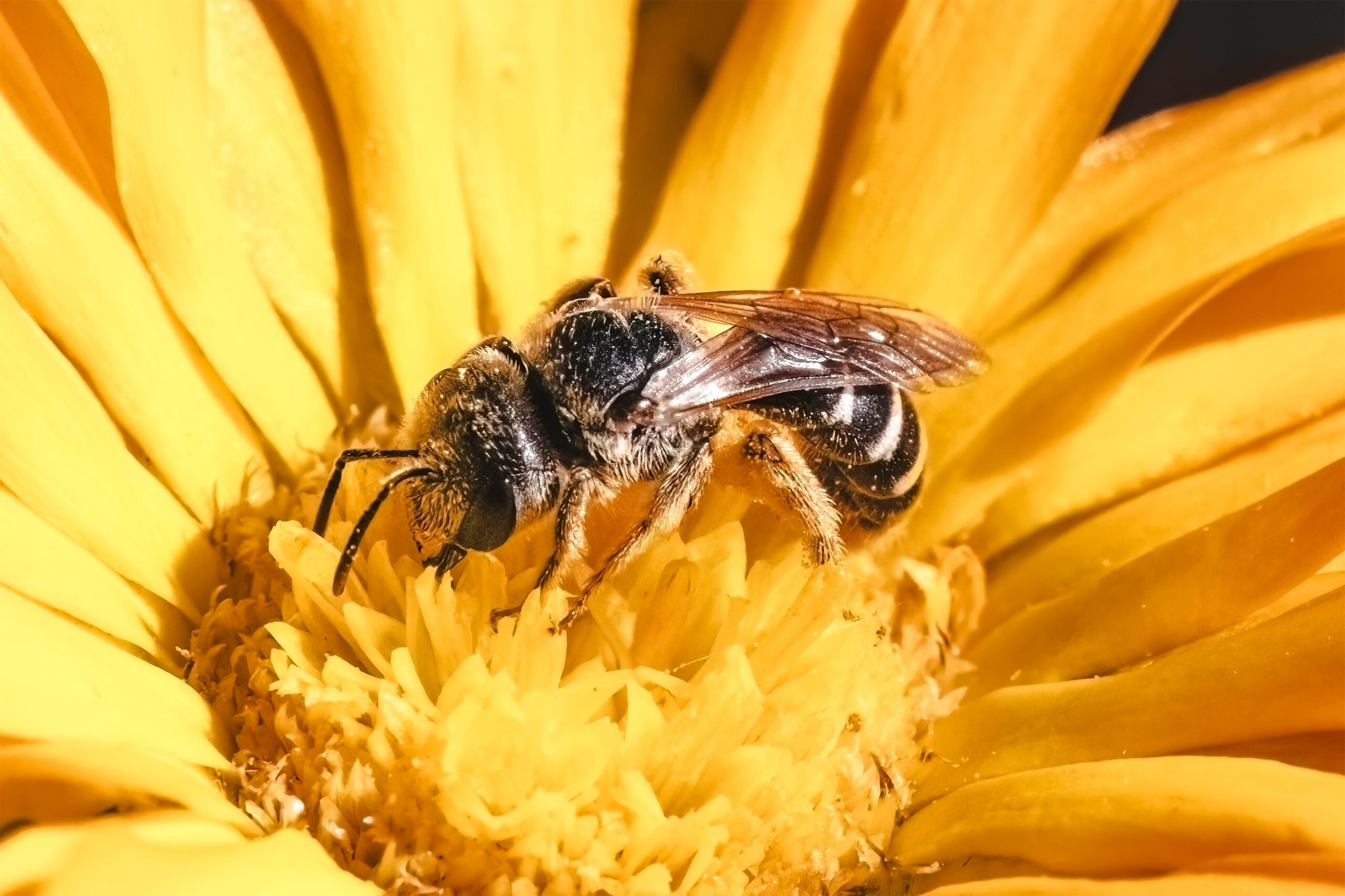
Sweat bees are tiny but efficient pollinators, often found in gardens and agricultural fields. They are attracted to human sweat, hence their name, but their real value lies in their pollination abilities. Sweat bees pollinate a wide range of crops, from fruits to vegetables. They nest in the ground and are solitary, but their widespread presence ensures they cover large areas. Their adaptability makes them essential for both wild and cultivated plant pollination.
This article originally appeared on Rarest.org.
More from Rarest.org
16 Most Infamous Product Launch Failures in History

In the world of product launches, even the biggest brands can stumble. Some products, despite high expectations and significant investments, fail to connect with consumers, leading to spectacular flops. Read More.
20 Invasive Species That Changed Ecosystems Forever
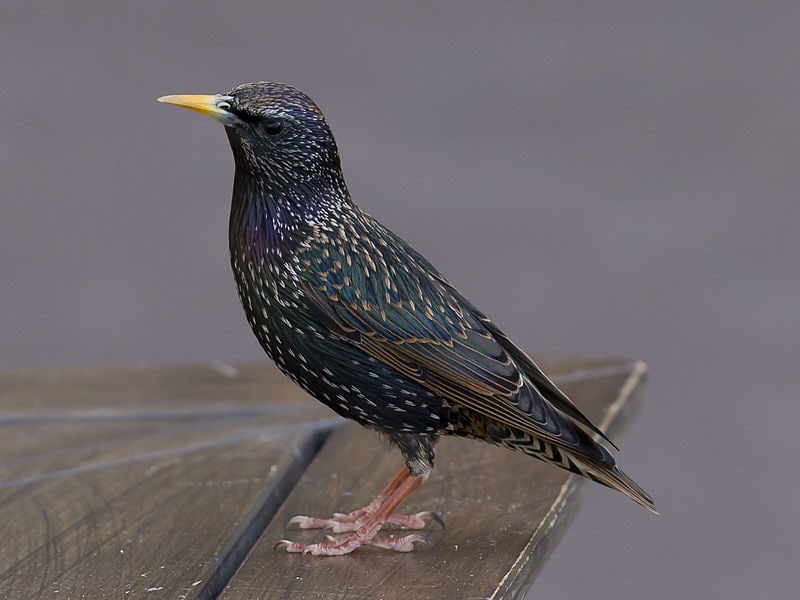
Invasive species have long been a serious threat to ecosystems around the world. When these non-native plants, animals, and insects are introduced to new environments, often by human activity, they can disrupt the delicate balance of local ecosystems. Read More.
15 Endangered Plants Brought Back from the Brink
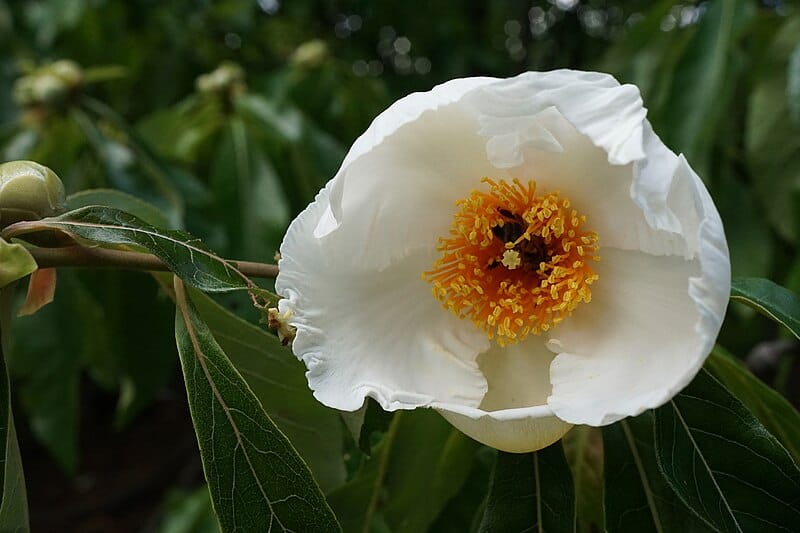
In a world where biodiversity is increasingly under threat, the story of plants brought back from the brink of extinction offers a glimmer of hope. Read More.
